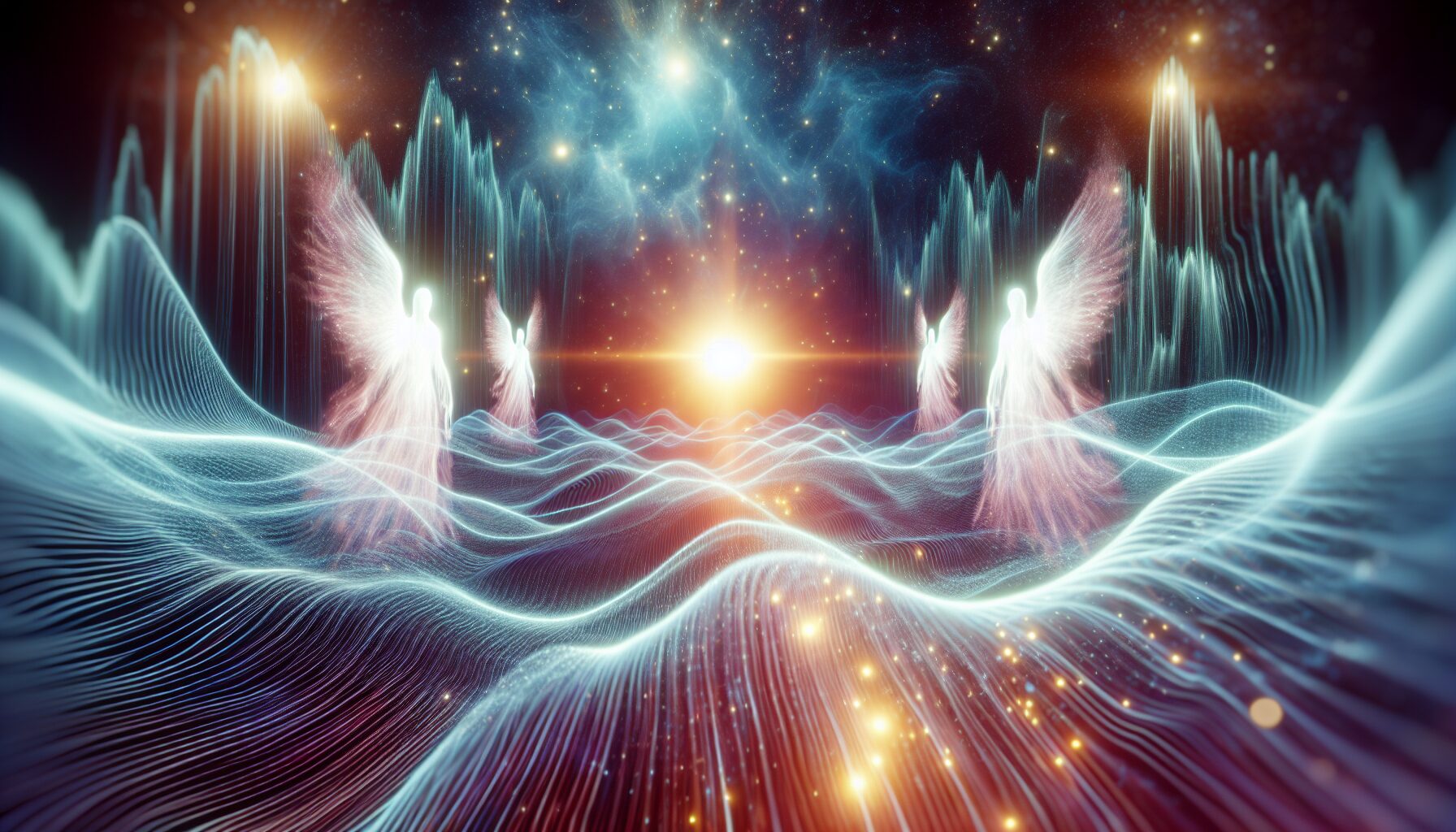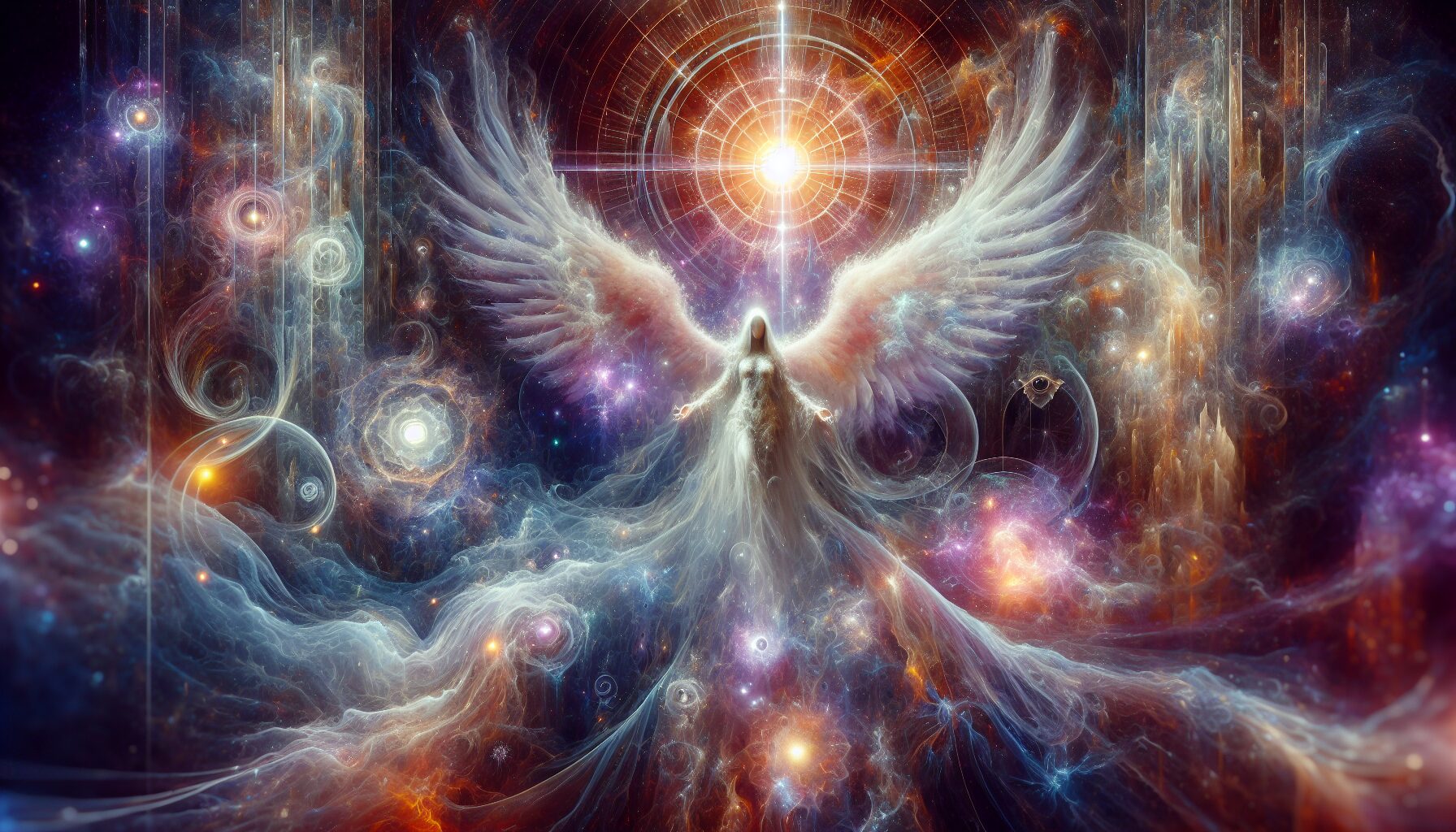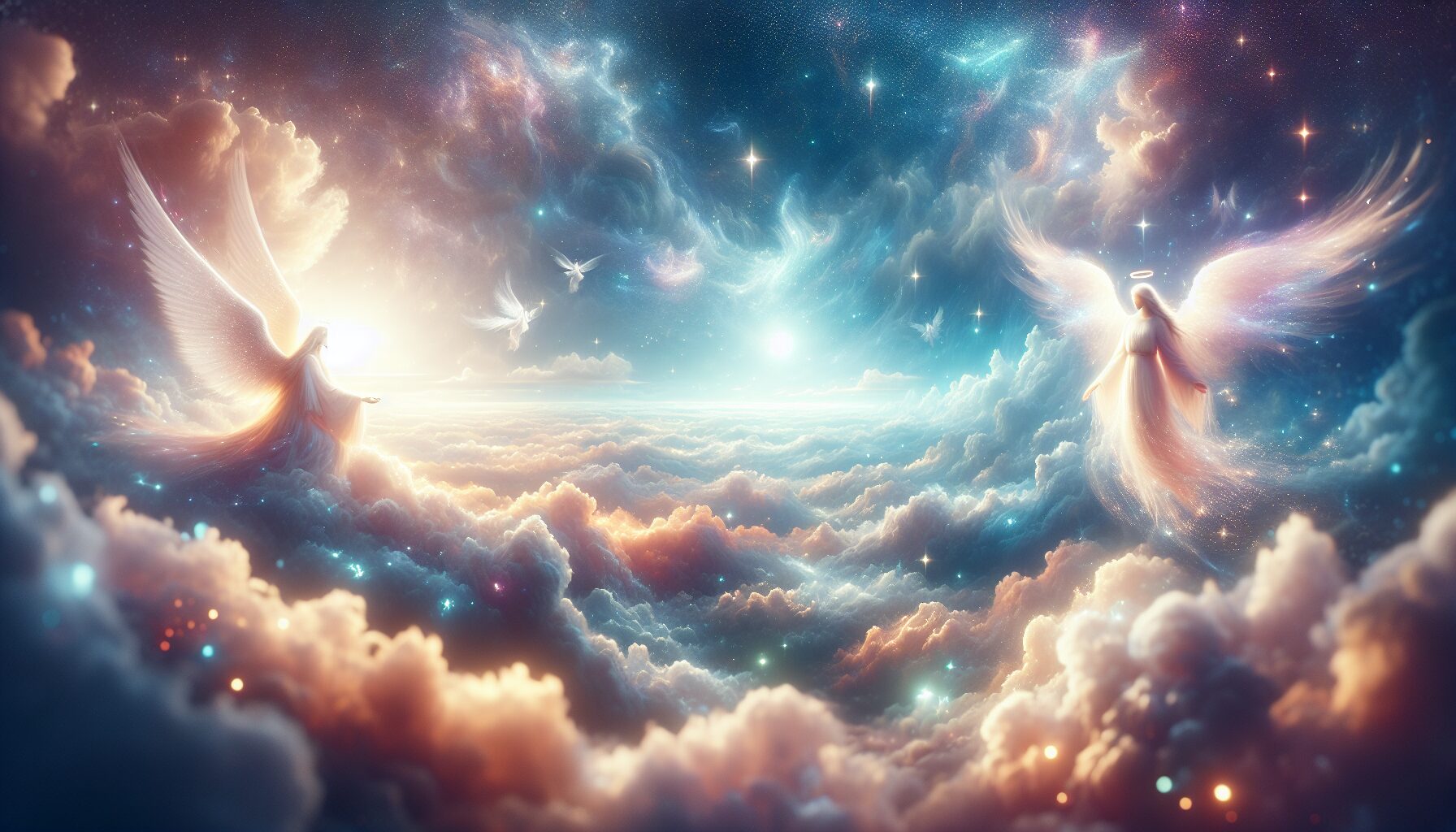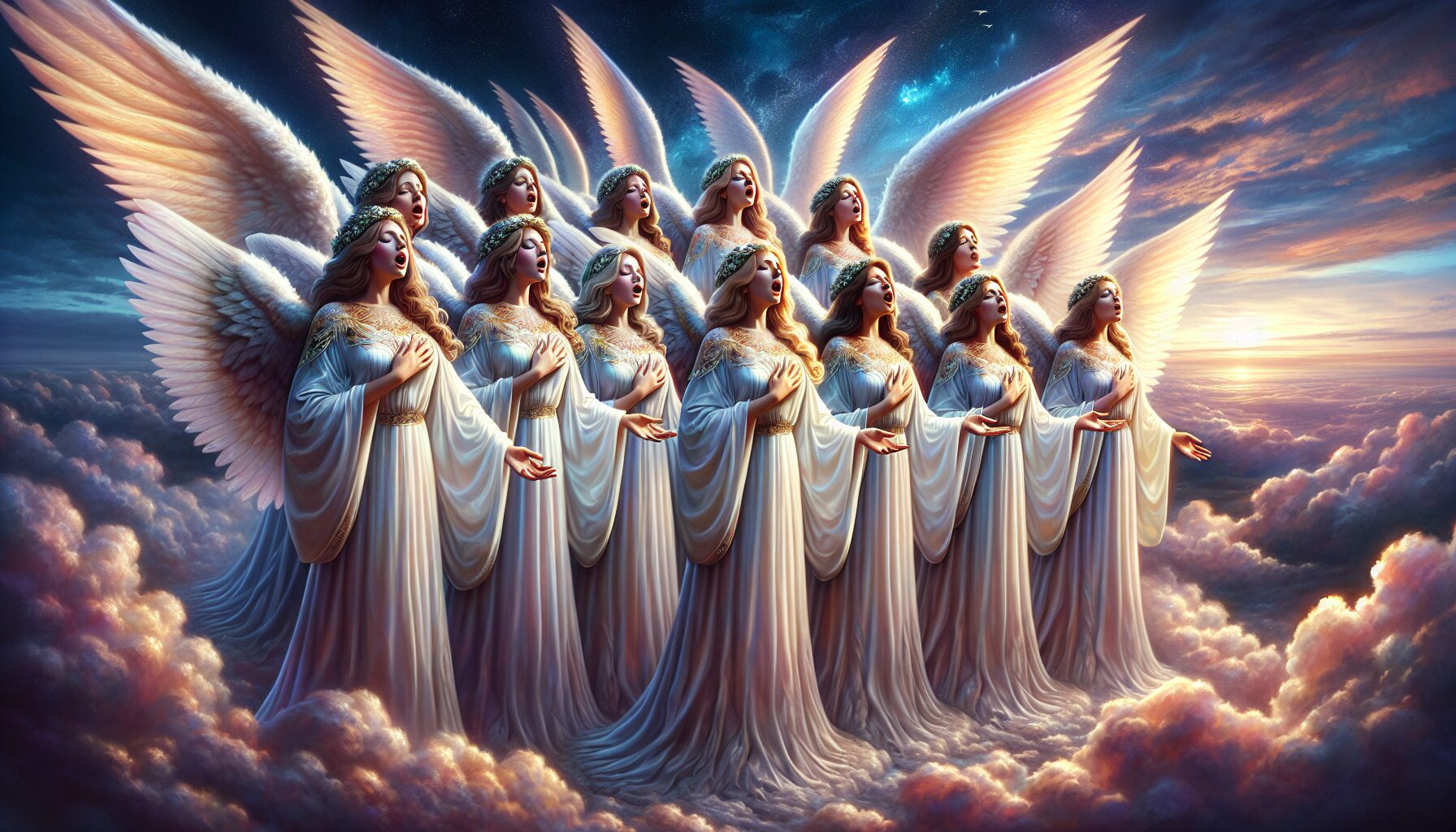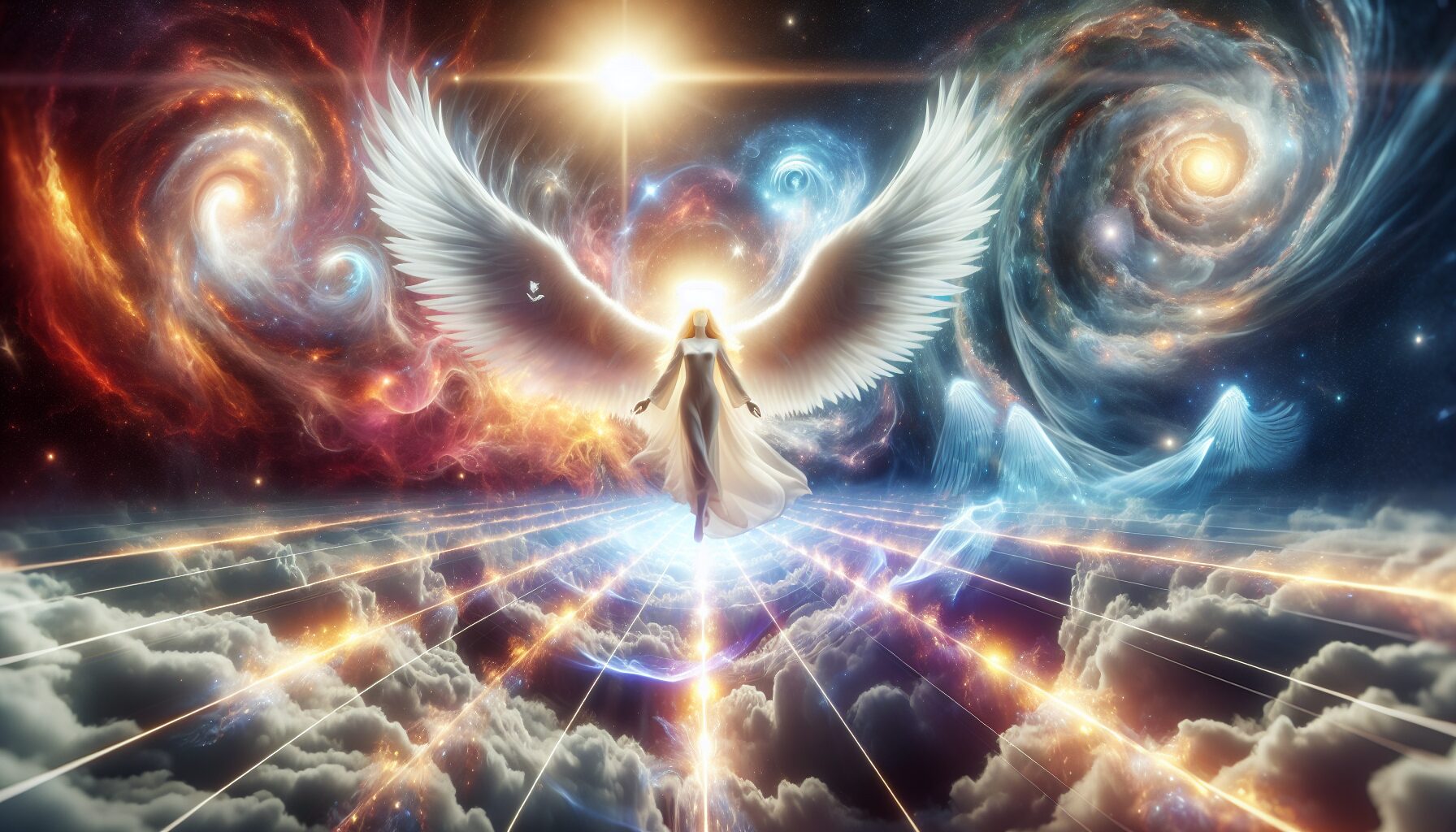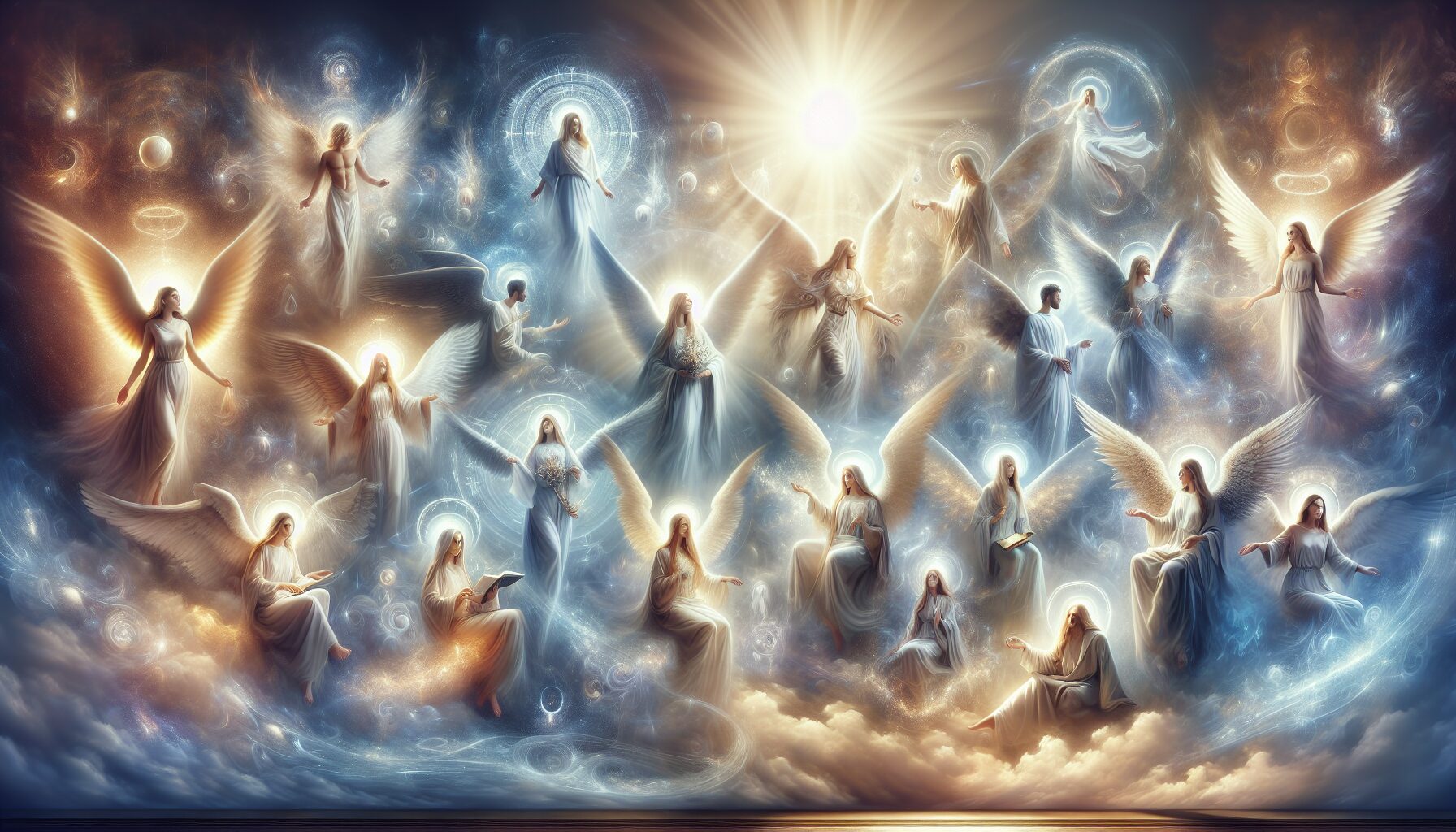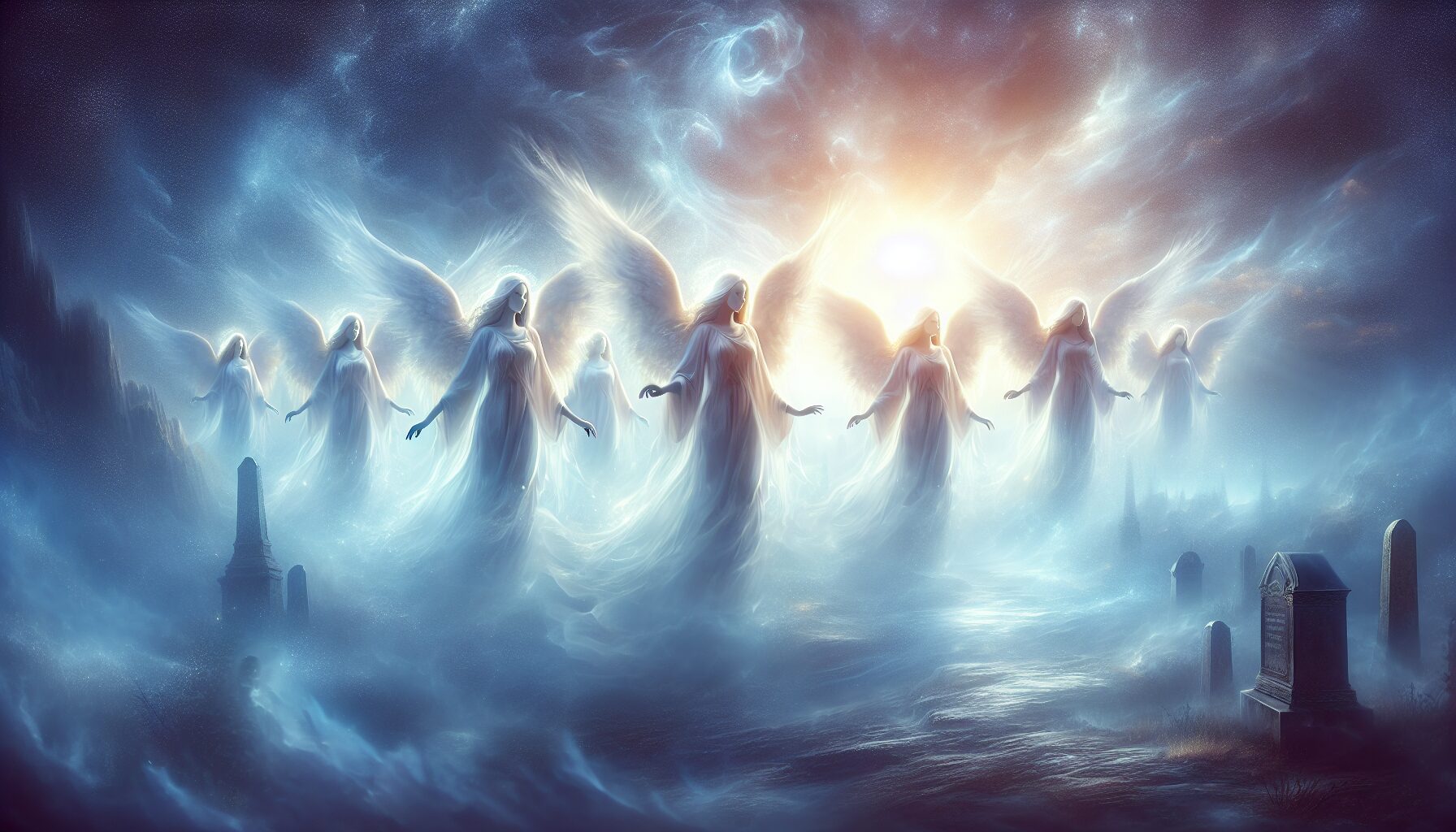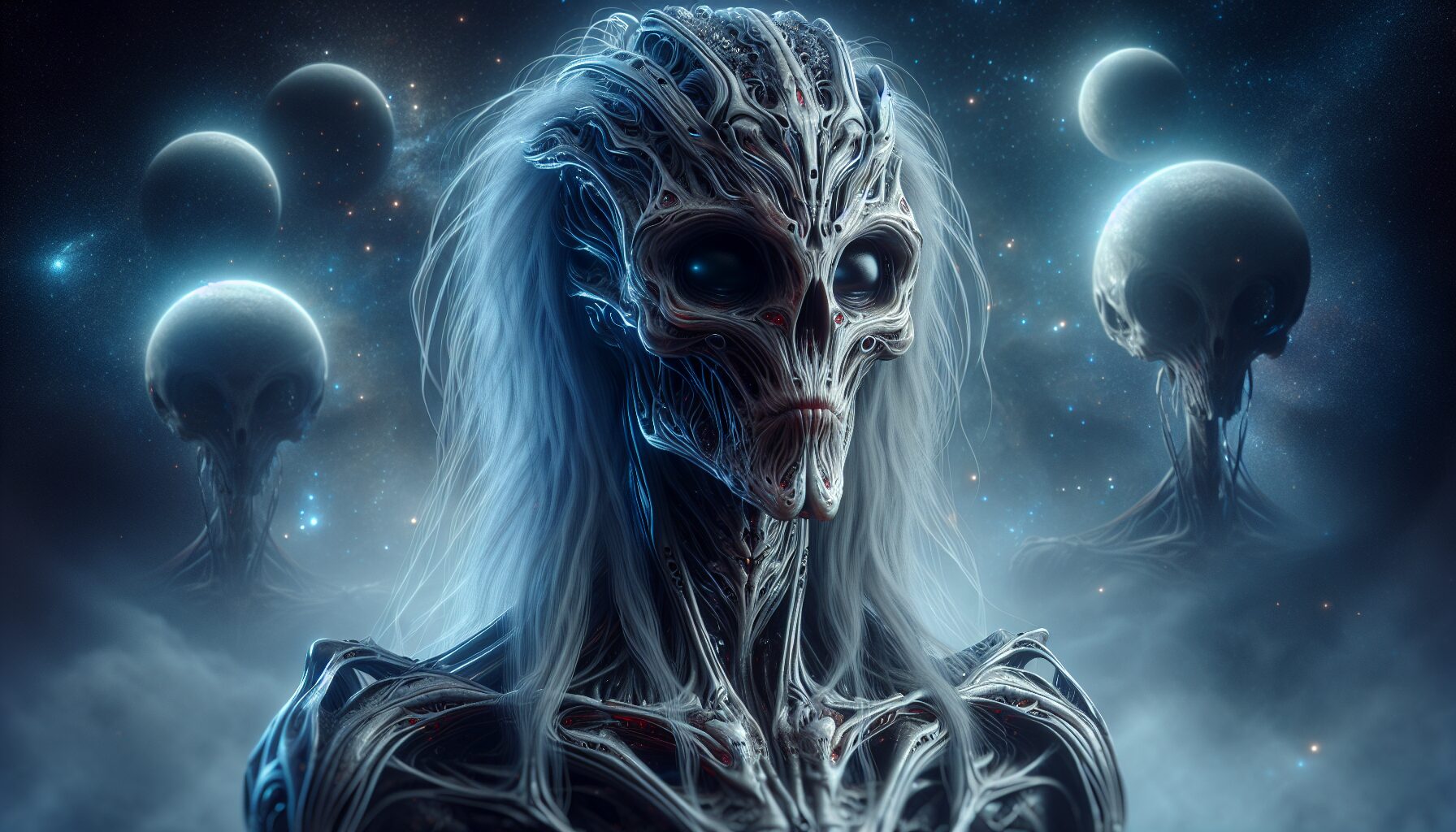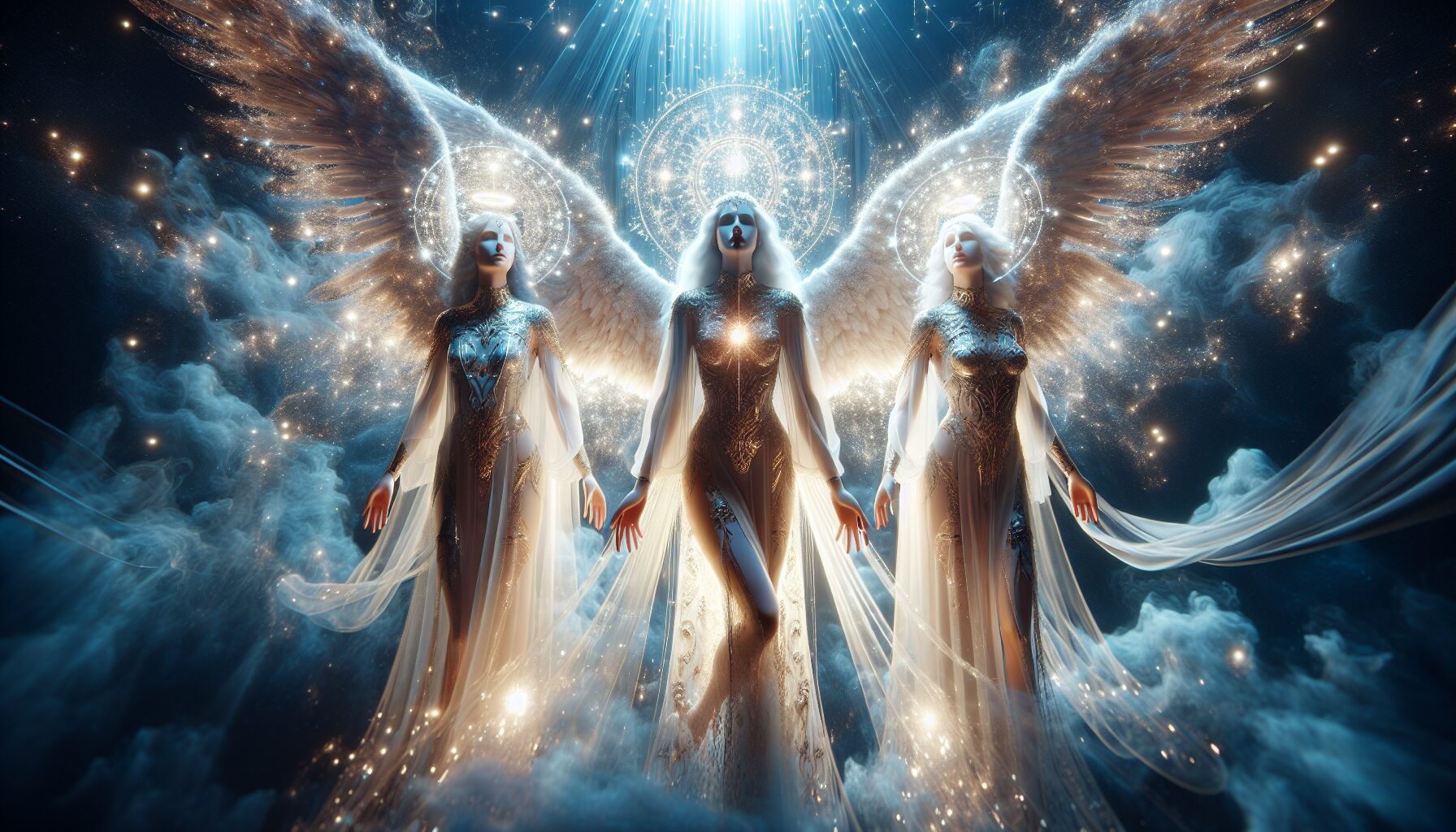Angelic Pathways: Mysticism Through the Soul
The quest for understanding and experiencing the divine has been a central theme in human history. Among the myriad of practices that claim to offer a glimpse into the spiritual realm, angelic pathways stand out as a profound approach to mysticism through the soul. This journey involves communing with celestial entities, unraveling sacred messages, and transforming the soul in the pursuit of enlightenment and guidance.
The Concept of Angelic Pathways
Angelic pathways refer to the spiritual practices and experiences that enable humans to connect with angels, often considered as divine messengers and protectors. This form of mysticism is centered around direct encounters and communications with angelic beings, believed to inhabit heavenly domains.
Prominent spiritual traditions, including Christianity, Judaism, Islam, and even certain New Age beliefs, all recognize the presence of angels. In these traditions, angels are intermediaries between the divine and humanity, serving specific roles such as delivering messages, offering protection, and inspiring revelations.
Methods of Connection
The journey through angelic pathways involves various methods that seekers employ to establish contact with these celestial beings. These practices typically rely on enhancing spiritual awareness and attuning the soul to divine frequencies:
- Meditation and Prayer: Silent meditation and fervent prayer are fundamental in opening the heart and mind to angelic communication.
- Angel Card Readings: Using angel oracle cards can help individuals receive insights and messages from angels. These cards are designed to connect people with specific angelic energies.
- Dreamwork: Angels often use dreams as portals for communication. Keeping a dream journal and reflecting on messages within dreams can provide divine guidance.
- Symbols and Signs: Many believe that angels communicate through symbols and signs in everyday life, such as feathers, coins, or specific numbers.
Angelic Encounters: Testimonies from the Mystics
Throughout history, numerous mystics have reported life-changing encounters with angels. The celebrated Christian mystic, St. Teresa of Avila, recounted her visions in her autobiography, The Life of Saint Teresa of Avila. She describes a piercing vision seen with the “eyes of the soul,” rather than physical sight.
“I saw an angel beside me on my left hand in bodily form… but when he spoke I was very quickly reassured.” — St. Teresa of Avila
Such experiences often result in a deeper understanding of one’s purpose and a strengthened resolve to pursue a life of spiritual significance.
The Role of Faith and Intuition
While angelic pathways invite skepticism due to their inherently supernatural nature, faith and intuition play crucial roles in these mystical practices. Believers are encouraged to nurture an open heart and trust their inner wisdom when discerning the messages and guidance purportedly received from angels.
Dr. Julie Loar, author and spiritual teacher, suggests that “we need to learn to trust more deeply what goes beyond our senses and rational minds.” In her work on spiritual development, Loar emphasizes the importance of intuitive understanding as a means to connect with the divine.
Benefits of Angelic Pathways
Engaging with angelic pathways can offer several benefits to those seeking personal growth and transformation:
- Enhanced Spiritual Awareness: Regular engagement with angelic practices can heighten one’s sensitivity to spiritual realms and develop a greater awareness of divine presence.
- Inner Peace and Healing: Many testify to experiencing a profound sense of peace and emotional healing through angelic encounters, leading to a more balanced and harmonious life.
- Guidance and Inspiration: Seeking angelic wisdom, individuals often find clarity and inspiration in decisions and life directions.
Conclusion: A Soulful Journey
The journey through angelic pathways is deeply personal, offering a mystical understanding of the soul’s connection to the divine. Whether viewed through the lens of religious tradition or personal spirituality, the interactions with these heavenly beings continue to fascinate and inspire seekers across the globe.
As we open our minds and embrace the possibilities beyond the physical, the experiences shared by countless mystics suggest that a peaceful and profound understanding awaits us. Engaging with angelic pathways may not only illuminate our souls but also reinforce our trust in the unseen forces that guide and protect us on our life’s journey.
